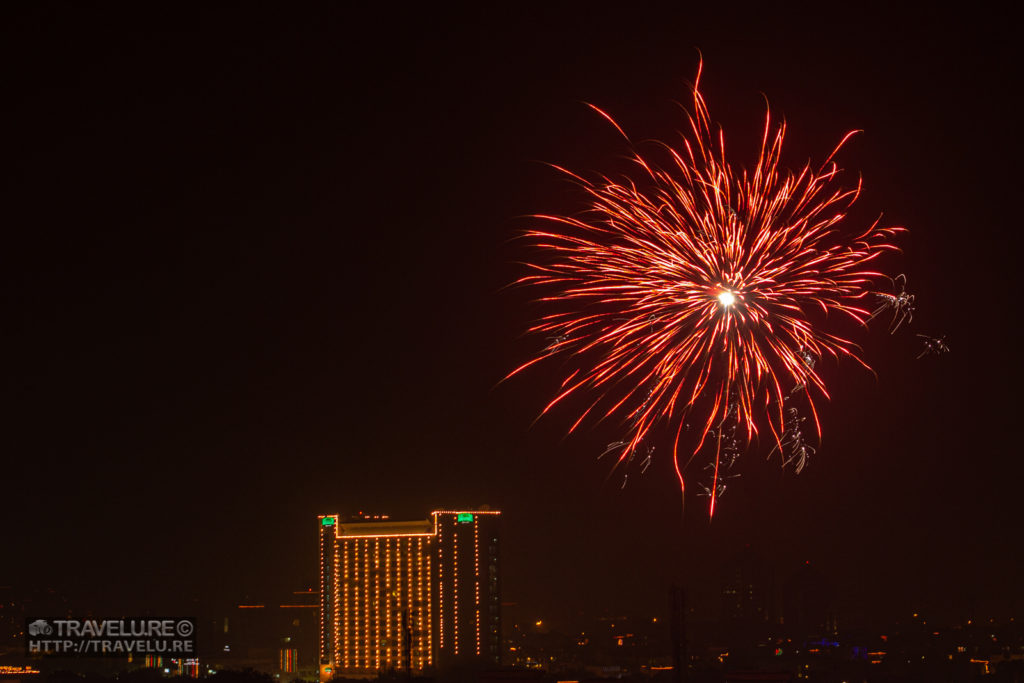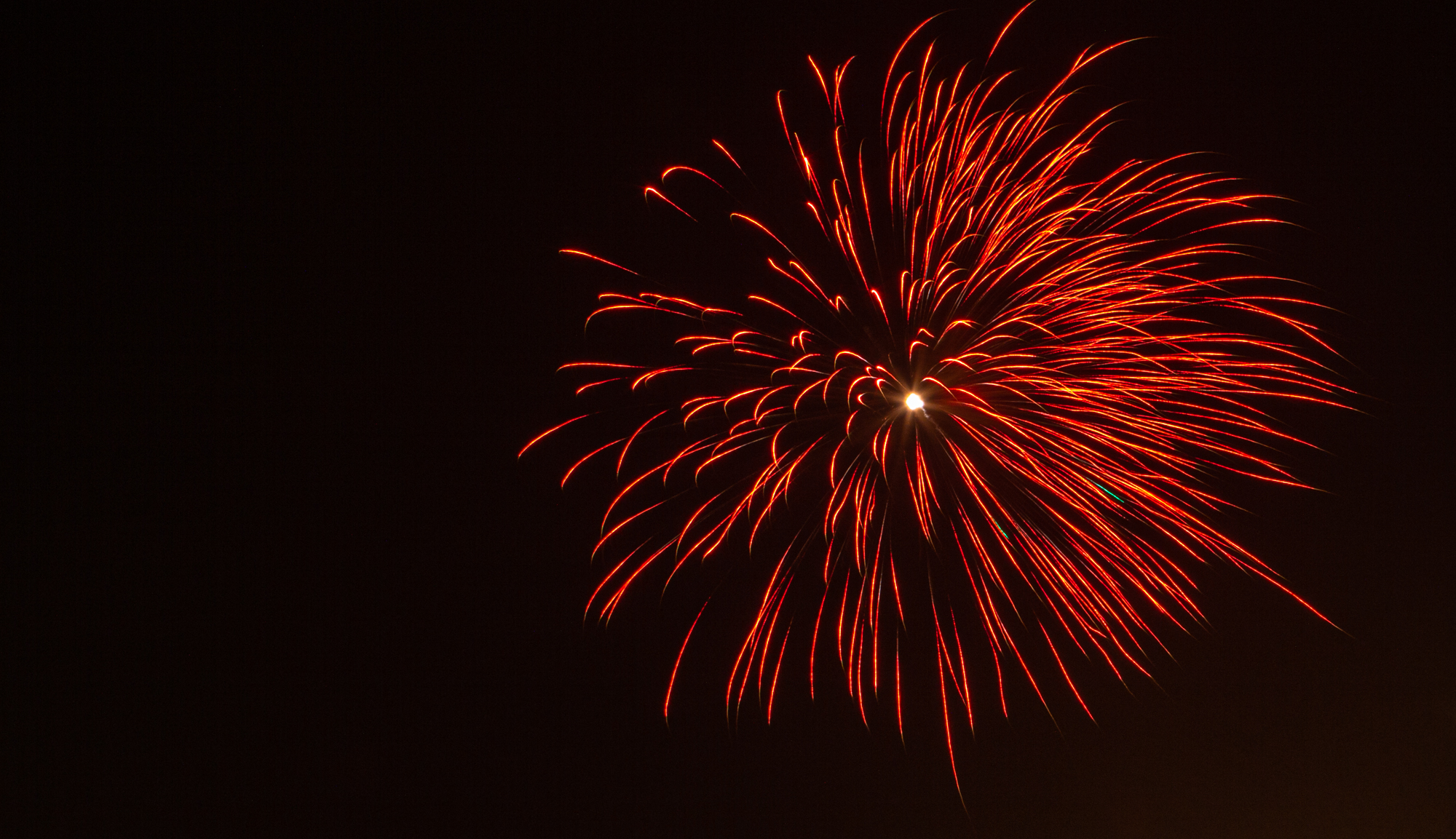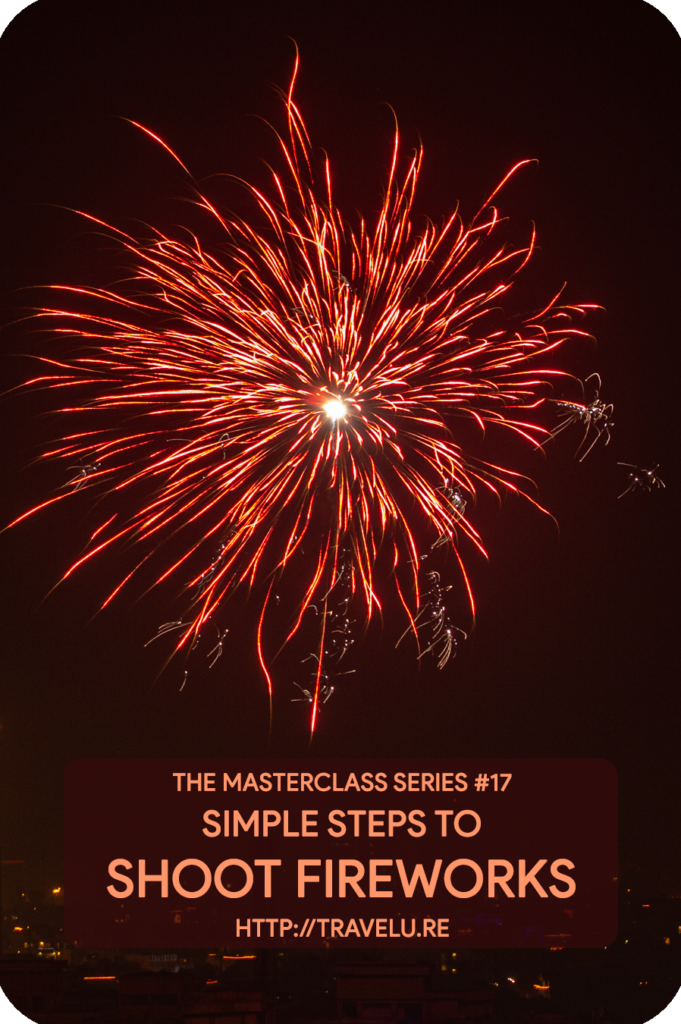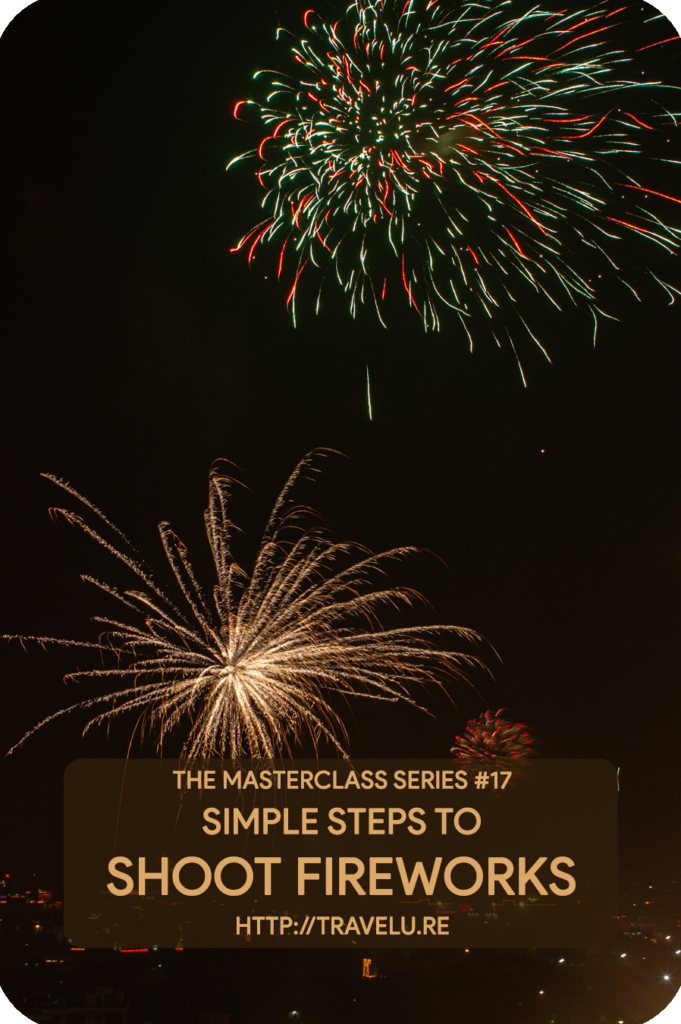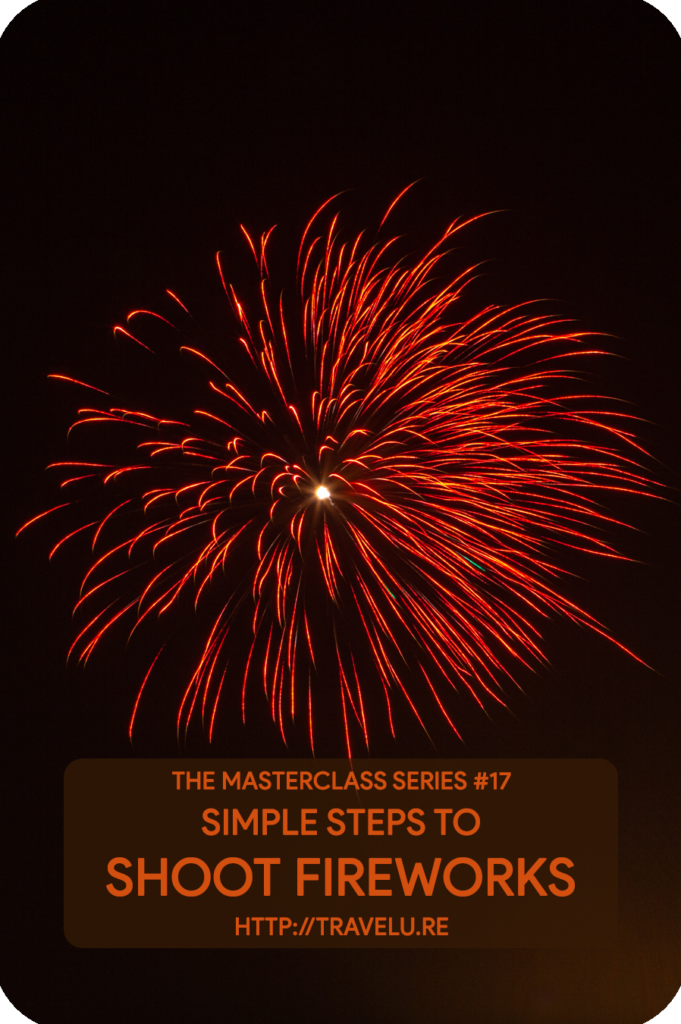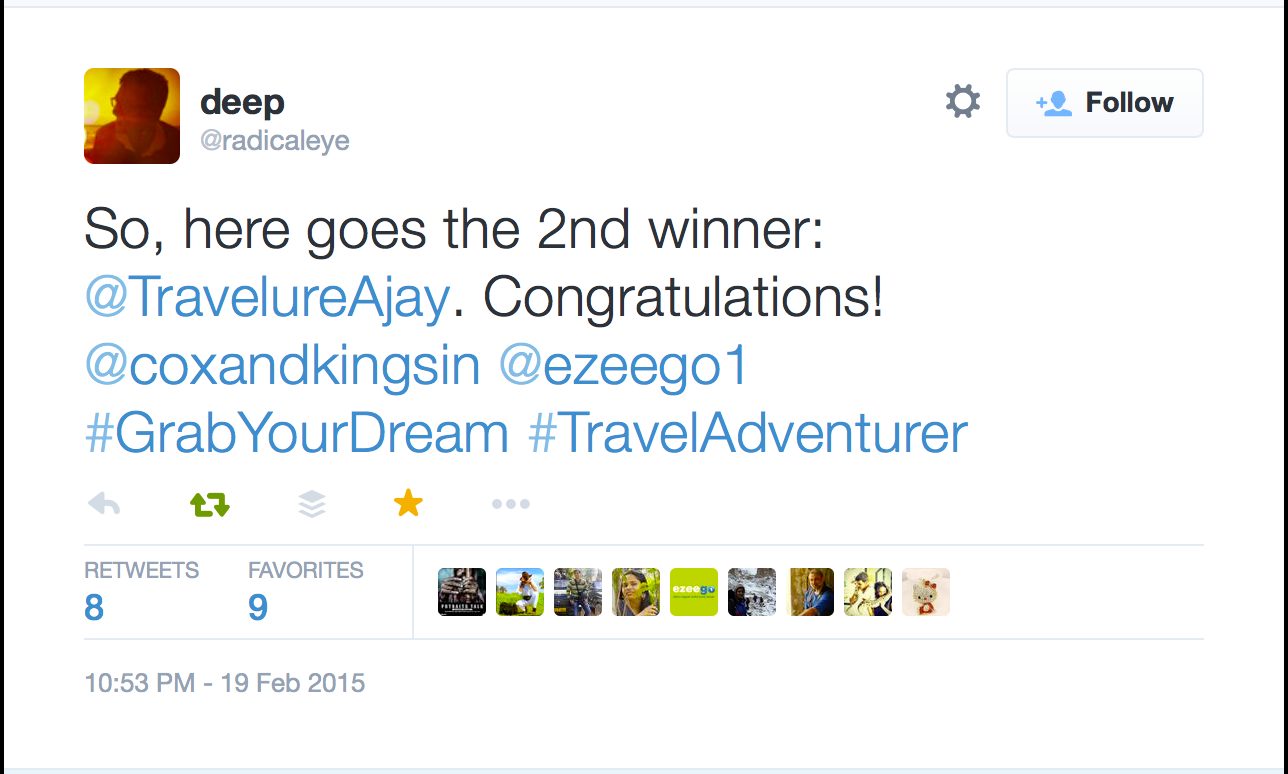The MasterClass Series #17
Simple Steps to Shoot Fireworks
Equipment
EOS 60D.
EF 24-70mm f/2.8 L USM.
EXIF #1
Fireworks Clutter
Focal length: 68mm
Aperture: f/11
Shutter speed: 6 seconds
ISO: 100
EXIF #2
Focal length: 27mm
Aperture: f/16
Shutter speed: 3 seconds
ISO: 100
EXIF #3
Focal length: 24mm
Aperture: f/7.1
Shutter speed: 2 seconds
ISO: 100
EXIF #4
Focal length: 25mm
Aperture: f/7.1
Shutter speed: 2 seconds
ISO: 100
EXIF #5
Focal length: 32mm
Aperture: f/7.1
Shutter speed: 2 seconds
ISO: 100
Editing
Adobe Lightroom Classic CC
After the beautiful blue hour comes the night, and that is when we shoot fireworks. Let’s see how.
The Story
For me, the opportunity to shoot fireworks comes once a year on Diwali, our festival of lights. I do not live in a city that has an annual organised fireworks display. I know many of my readers do, and even if they don’t, they travel to catch organised fireworks shows in their neighbourhood.
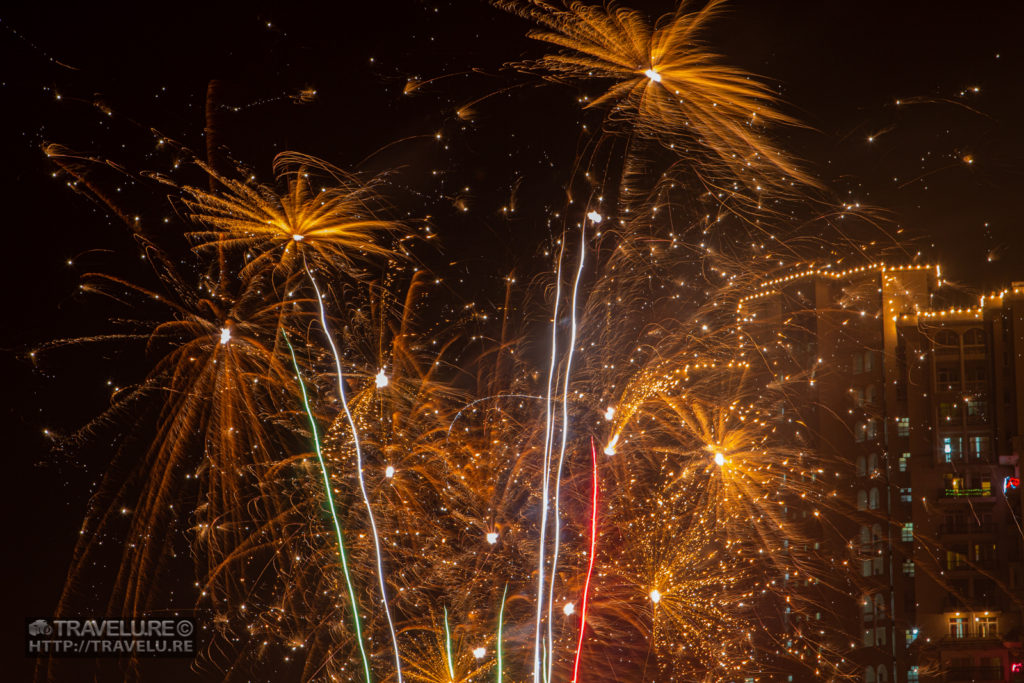
The challenge to shoot fireworks
The unpredictability of pyrotechnics makes them an exciting, yet challenging subject to shoot. You seldom know at what height it will burst and release its magnificence. Another challenge is to focus on fireworks. We know auto-focus in the camera works best with a high contrast subject. While fireworks are high contrast, the short time the contrast is available for is seldom enough to set the focus.
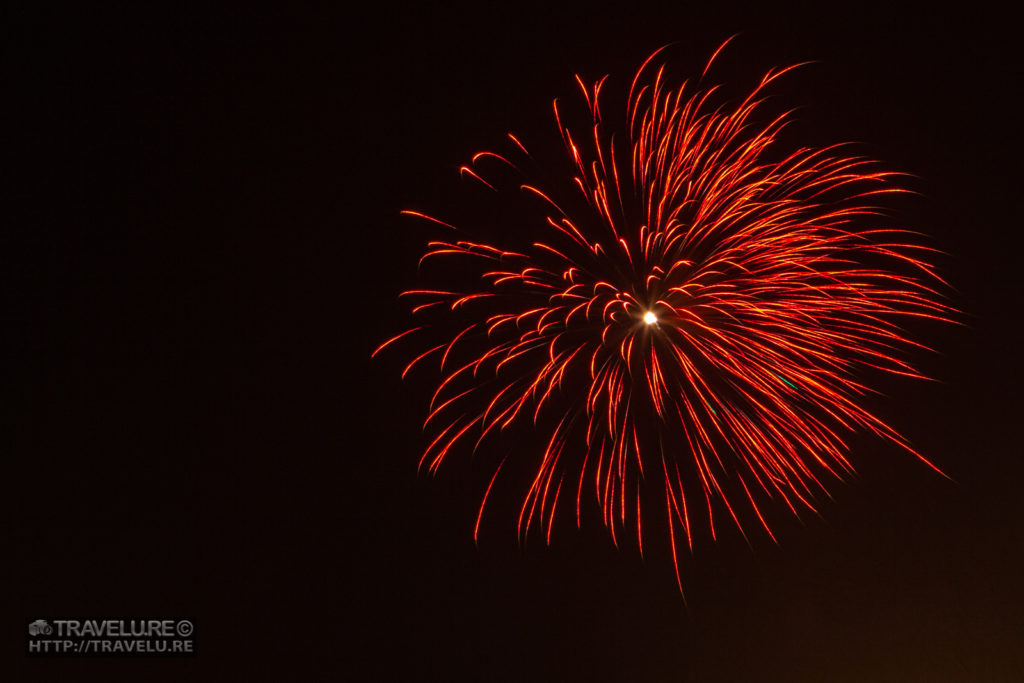
The shots
When you shoot fireworks, the key is to get razor-sharp light streaks or the wake of fireworks. As we shoot fireworks in the night, it is night-photography. Stands to reason it needs some prior preparation. The must-haves include a tripod, a shutter-release (remote), spare battery, and a torchlight (to see the camera controls in the darkness during the shoot). While we may shoot fireworks with any camera, a DSLR, an SLR, a mirrorless camera, or an advanced Point & Shoot are best suited.
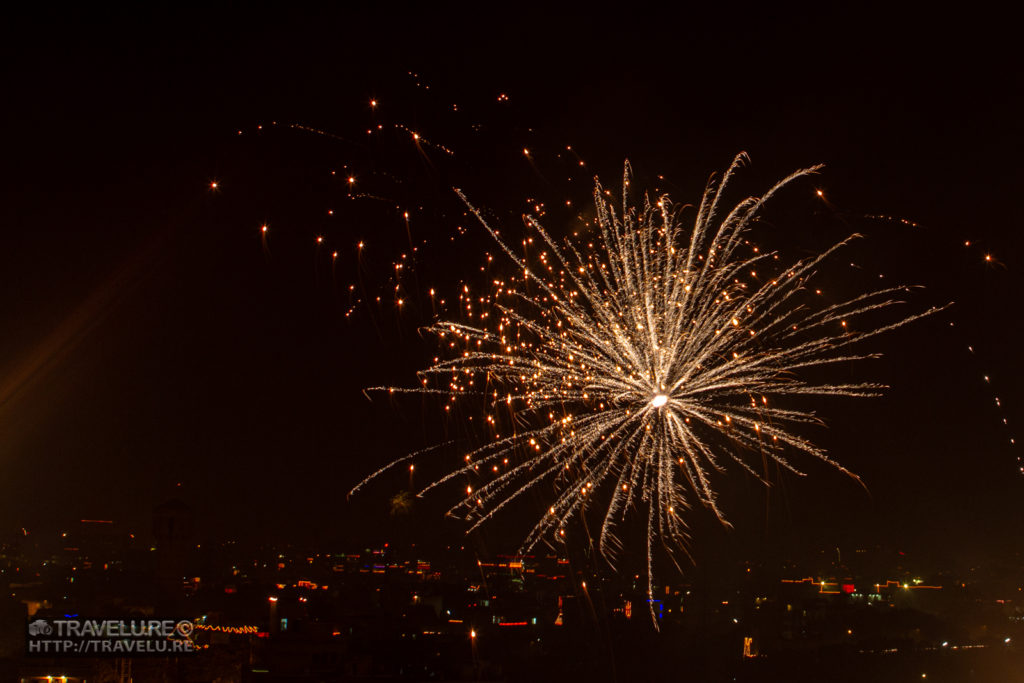
Planning and executing the setup is vital to a successful firework shoot. Research the vantage and be there early. Planning must consider framing, and size of fireworks, whether the show will happen in an open landscape or around the cityscape, and whether the display will fill the foreground or background. Determine the frame while there is light. The challenge becomes manifold when it gets dark.
Depending on your frame, pre-determine the lens you will use. To get the landscape or cityscape in, you will need a wide-angle zoom lens. For the details of the fireworks burst, use a long zoom lens (telephoto zoom). Once we plan, we are ready to shoot.
The chronological steps follow.
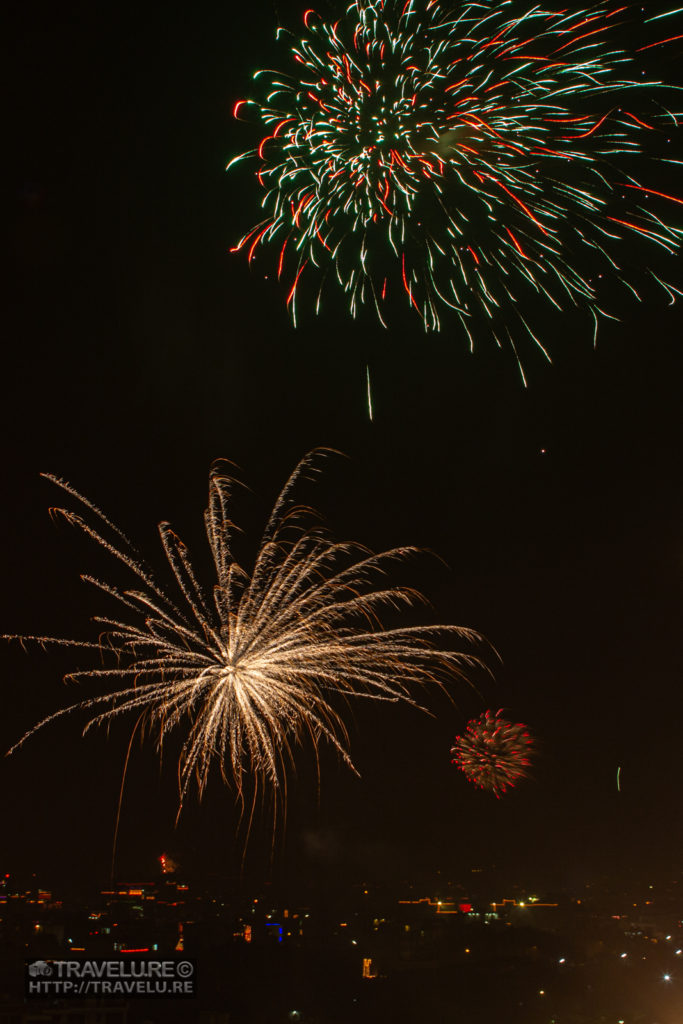
Simple steps to shoot fireworks
- Carry necessary equipment – tripod, shutter release, extra battery, torchlight.
- Research the vantage and reach early.
- Use a tripod, and shutter release to avoid shake resulting in a blur.
- Use low ISO (100 or 200).
- Set the aperture to midrange (7.1 onwards to f/16) for the sharpest results.
- Using auto-focus, focus on a distant high-contrast subject which is almost equidistant to the likely fireworks action. Once done, move to manual focus, so the focus doesn’t shift. Remember, set your frame first, with an eye on the horizon line. Keep in mind that changing focal length will require refocusing in most zoom lenses.
- Turn off the flash unless you want to light up a foreground element.
- Use bulb setting when you shoot. This makes for controlling the duration of exposure, so you don’t miss out on the finish of the light streaks.
- And that’s that! You are all set to catch the glitter in the skies!
